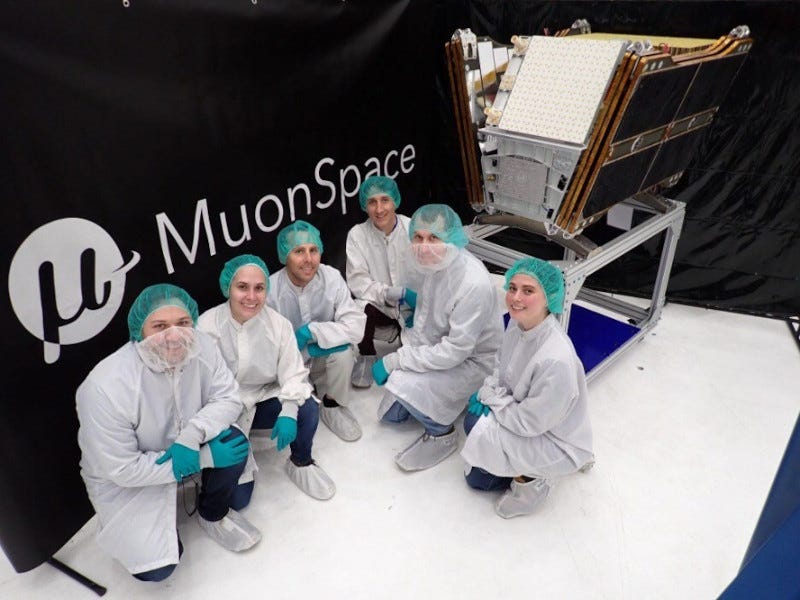FireSat Protoflight Deployed on Transporter-13 Mission
Marks Major Milestone in Global Wildfire Monitoring
A significant milestone in the deployment of the FireSat constellation was achieved with the deployment of the Muon Space FireSat Protoflight as part of the SpaceX Transporter-13 rideshare mission. This initiative aims to transform global wildfire detection, monitoring, and response.
"We are demonstrating how purpose-built constellations can deliver tran…
Keep reading with a 7-day free trial
Subscribe to The Journal of Space Commerce to keep reading this post and get 7 days of free access to the full post archives.



